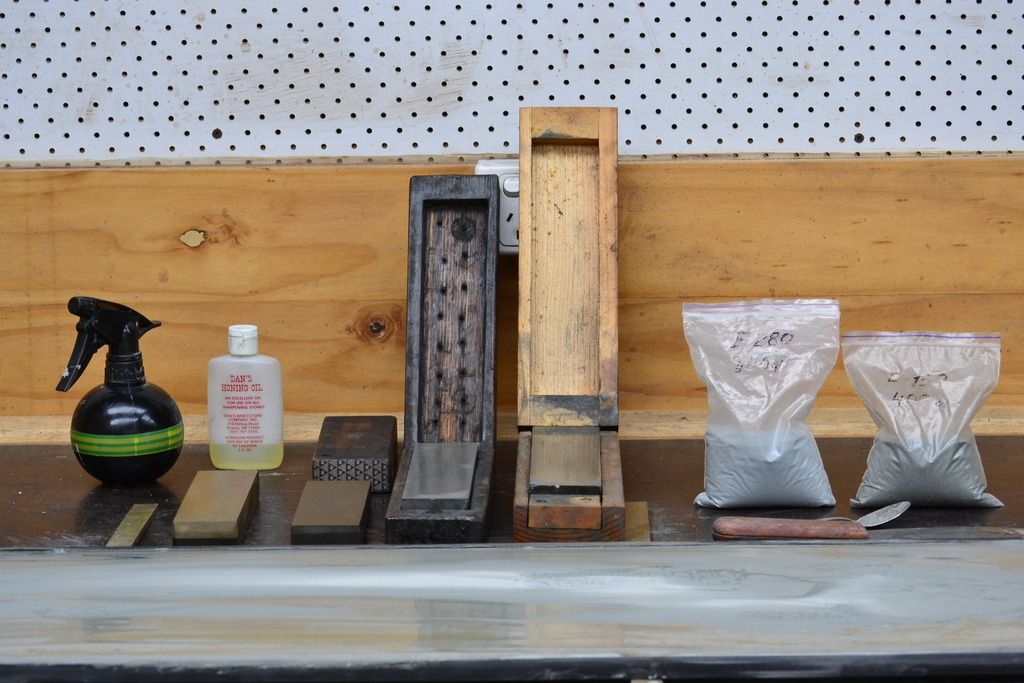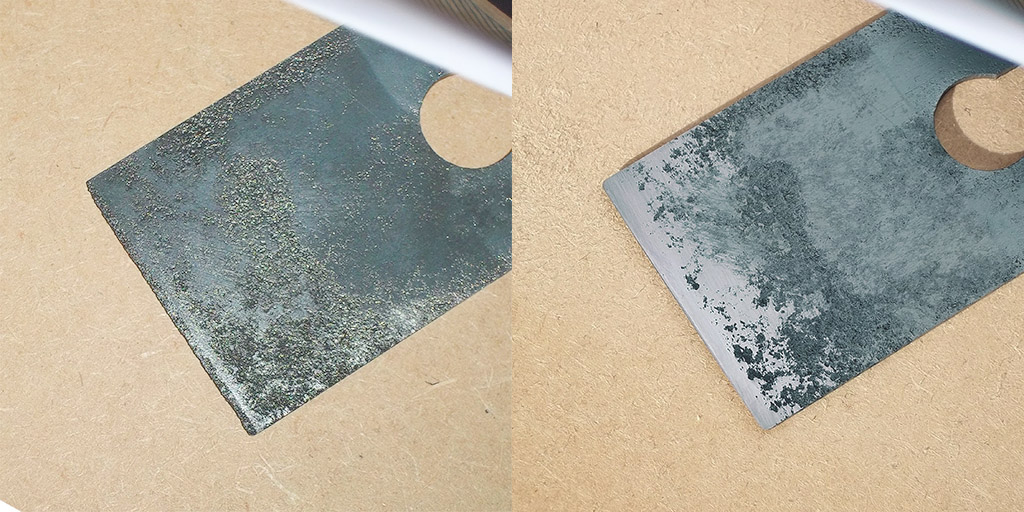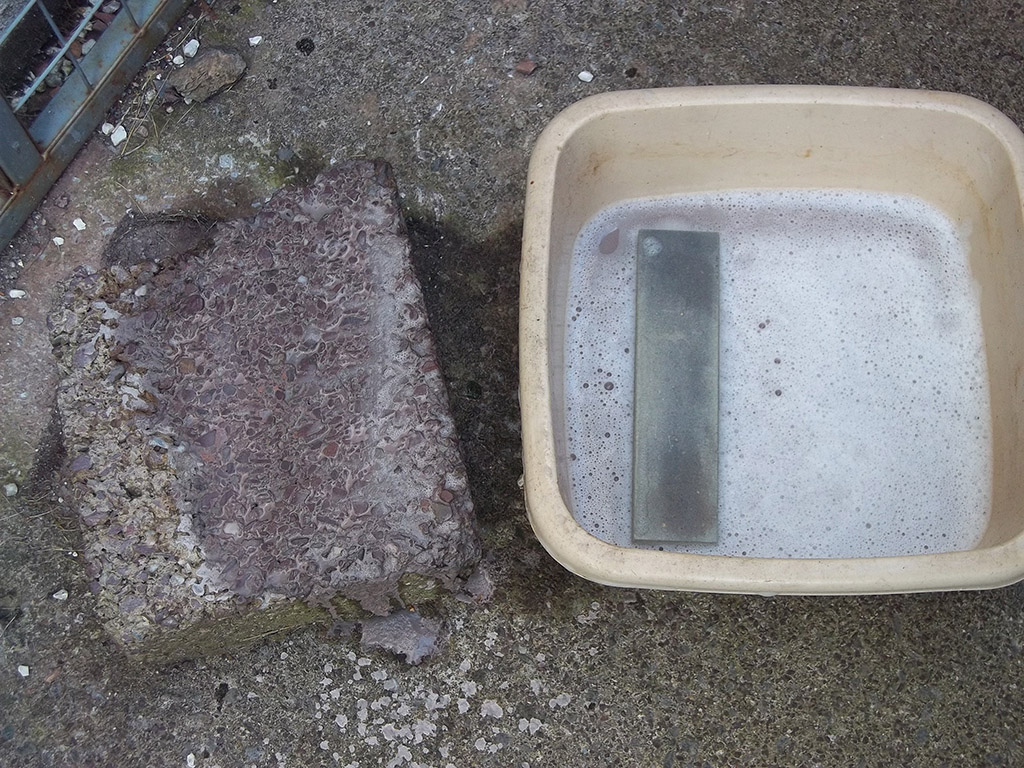Jacob":290emivh said:What evidence? In fact they were around but hardly anybody used them. We learned trad sharpening at school and again later when I did a course. Gadgets were for the amateurs and beginners. You'd be laughed out of the training workshop if you got out a little jig!bugbear":290emivh said:Flat out plain and simple wrong. Evidence available.Jacob":290emivh said:Jigs didn't come in big time until the 1980s and later, with the burgeoning amateur woodwork supply industry.
BugBear
They were sold to tradesmen here. I doubt there was much hand tool use in the United States by the time jobs were available.







